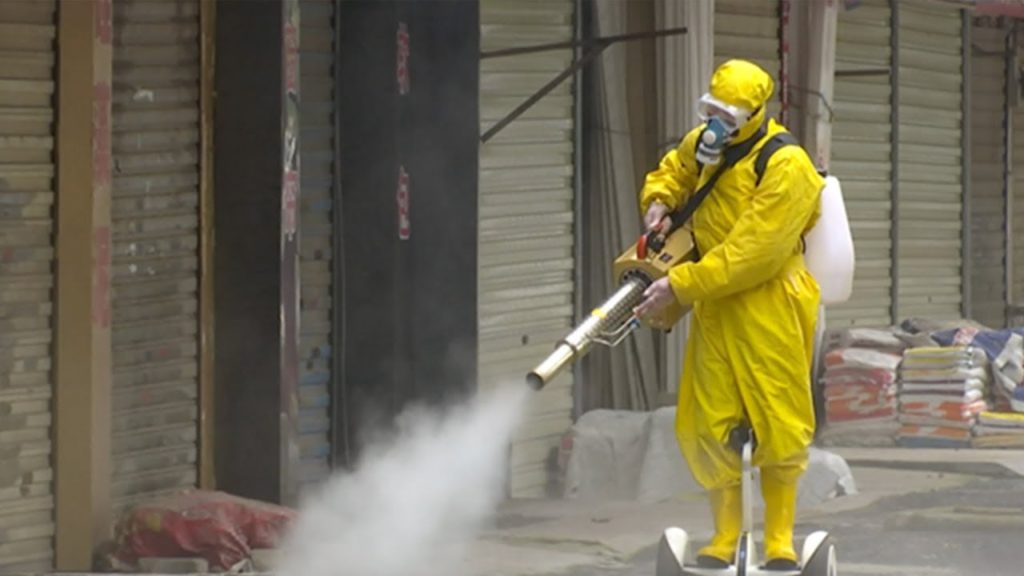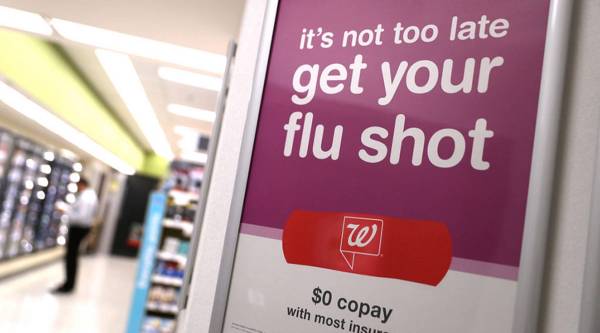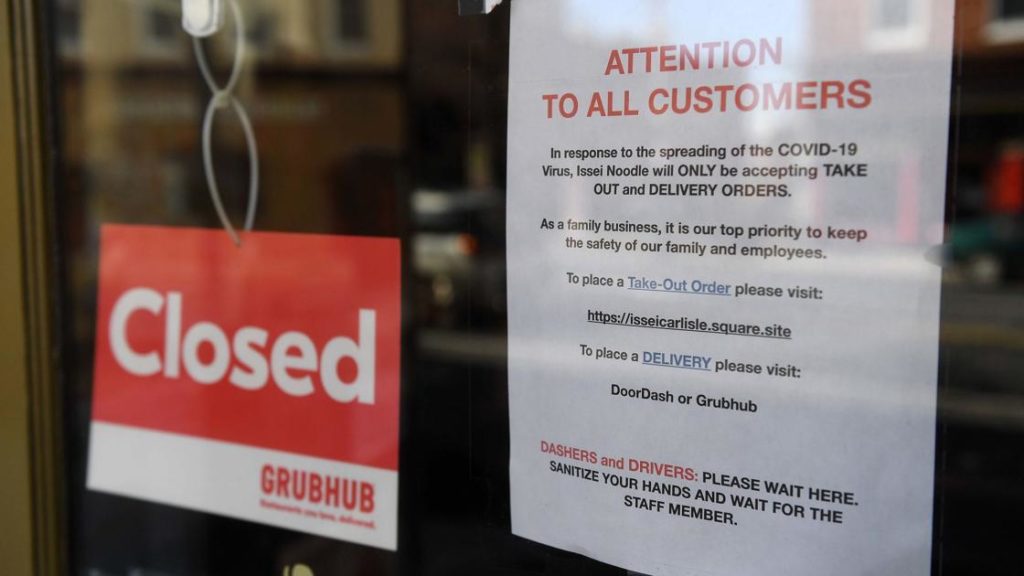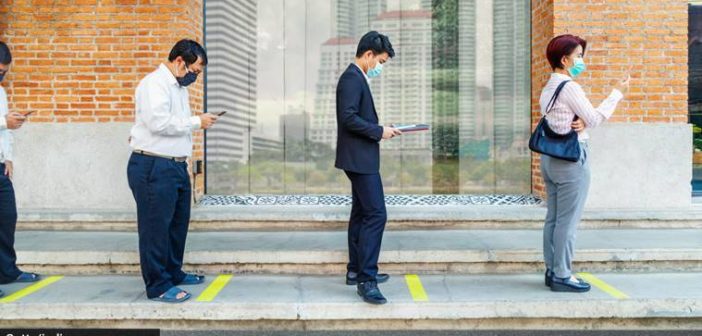By: Miurel Zamora, Contributing Writer
As the winter approaches in the Northern Hemisphere, influenza is starting to threaten the population. Together with COVID-19, a season filled with uncertainty and the possibility of a “twindemic” are expected.
“What is very likely to happen this year is we are going to have seasonal coronaviruses causing illness, pandemic coronavirus causing illness, influenza causing illness […] the symptoms all look like COVID-19 that is a demand on the medical system that we can’t meet nationally,” said Gregory Poland, M.D., director of the Mayo Clinic’s Vaccine Research Group.

The flu vaccine can take up to two weeks before it starts stimulating antibodies proteins in your immune system.
Source: Anne Baek/Getty Images
According to the Centers for Disease Control and Prevention (CDC), influenza killed 12,000 to 61,000 people annually since 2010 in the United States and 650,000 globally. The dangerous aspect of influenza is the random mutation observed in the genes and surface proteins of the virus. Experts try to assure the population with vaccine development. Citizens in countries with no access to adequate health care could be at a higher risk of developing respiratory diseases this year.
“Another pandemic caused by a new influenza virus is a certainty. But we do not know when it will happen, what virus strain it will be and how severe the disease will be,” said Dr. Wenqing Zhang, the manager of the World Health Organization’s (WHO) Global Influenza Programme.

More than 100 countries are still in complete or partial lockdown after almost a year since the COVID-19 outbreak.
Source: CGTN/Youtube Video
One of the concerns the U.S. population currently has is contracting either virus and being unable to identify which one it is. Both viruses present similar symptoms such as cough, fever, fatigue, congestion, and muscle pain. The CDC claims that a COVID-19 test is the best solution to set people on the right treatment path. The shortage of medical staff and equipment can cause an uncontrollable flu outbreak among the U.S. population. While waiting for a vaccine against COVID-19, Poland recommended that citizens get the flu vaccine and continue to follow the COVID-19 safety protocols.
“The best way to keep our community safe is by informing ourselves and not getting influenced just by social media. We should inform ourselves to prevent the spread and keep our family safe. Stop the spread of myths about COVID-19, always look for science-based sources, and keep yourself aware of current information,” said Bella Albarran, a liberal arts student at Saint Leo University.

SAN FRANCISCO, CA – JANUARY 22: A sign advertising flu shots is displayed at a Walgreens phramacy on January 22, 2018 in San Francisco, California. A strong strain of H3N2 influenza has claimed the lives of 74 Californians under the age of 65 since the flu season began in October of last year. People are being encouraged to get flu shots even through the vaccine has been only 30% effective in combating the influenza. (Photo by Justin Sullivan/Getty Images)
The Solano County Public Health Department in California confirmed on Oct. 29 a positive case of COVID-19 and influenza. The person infected is under 65 and works in health care. The Solano County Public Health officer, Dr. Bela Matias, believes the patient did not follow proper COVID-19 health guidelines. For now, some counties in California plan to keep non-essential businesses closed.

No vaccine has been approved against COVID-19 yet, however practicing social distancing and wearing a mask prevents the spread of the virus up to 95 percent.
Source: Getty Images/indianexpress.com
According to Tina Hesman Saey, a senior writer for the Science News Journal, travel restrictions are still a vital part of COVID-19 prevention methods. Following the COVID-19 safety protocols will decrease the probability of testing positive for influenza.

BROCKTON – AUGUST 13: A nurse practitioner administers COVID-19 tests in the parking lot at Brockton High School in Brockton, MA under a tent during the coronavirus pandemic on Aug. 13, 2020. (Photo by David L. Ryan/The Boston Globe via Getty Images)
This year in Australia, the number of influenza cases decreased after COVID-19 was declared a global pandemic. The precautions taken by Australian citizens helped slow the spread of influenza.

Due to unemployment as a result of COVID-19, almost 46 percent of adults in the U.S. have experienced trouble paying their bills since the pandemic started. Roughly 32 percent say it has been hard for them to make rent or mortgage payments.
Source: Jason Malmont, The Sentinel





